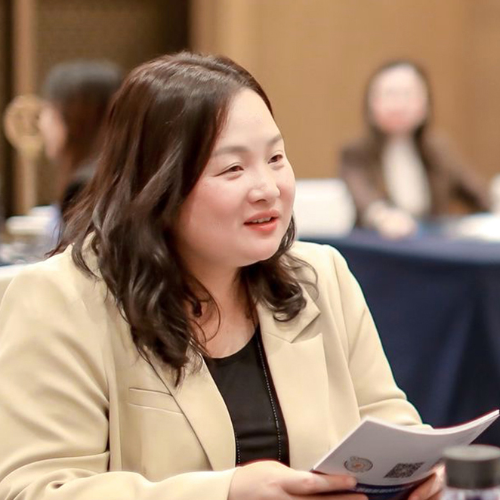Where to stay in Indonesia: From budget to luxury
You don’t need a fat wallet to find a good bed in Indonesia – and that’s a win when you’re bouncing between islands. Budget stays are everywhere, especially in backpacker hubs like Ubud, Yogyakarta, and Kuta. Dorm beds or basic rooms start around $8 a night – sometimes with air-con, sometimes just a fan, a bucket shower, and a gecko chorus. Hostels tend to be laid-back and sociable – garden hangouts, rooftop hammocks, and travellers swapping tips over Bintangs.
Mid-range gets you a big upgrade for $25-60 a night. Expect clean, private rooms with working Wi-Fi, proper showers, and often a pool. In Bali and Java, boutique guesthouses are on the rise – some set in teak houses, others hidden in the jungle, all with more character than chain hotels.
Ready to splurge? Luxury in Indonesia doesn’t have to bankrupt you. Cliffside villas in Uluwatu, floating hotels on Lake Toba, and beachfront resorts near Komodo start around $90 a night – infinity pools, spa menus, and the odd monkey included.
Best accommodation types in Indonesia
Indonesia’s accommodation scene reflects its geography – scattered, diverse, and often surprising. From bamboo bungalows to volcano-side lodges, here’s how you’re likely to sleep across the islands.
Homestays (losmen and rumah warga)
From $9 per night
Common across Java, Flores, and Sulawesi, these locally run stays offer a simple room in a family home or guesthouse. Meals are usually included – spicy, homemade, and eaten with your hosts. Expect cold showers, basic bedding, and warm welcomes.
Warung-style guesthouses
From $10 per night
These blur the line between restaurant and stay, often found in surf towns and smaller islands like Sumbawa, Lombok, or the Mentawais. You’ll sleep upstairs or out back, eat downstairs, and likely meet the whole extended family. Basic, but sociable.
Bali villas and boutique stays
From $30 per night
Some of the most character-filled places to stay in Bali are tucked down quiet lanes or perched above rice paddies. From Seminyak to Sidemen, villas and boutique stays dominate – private pools, open-air bathrooms, and décor that ranges from boho chic to sleek minimalism. Even mid-range budgets stretch surprisingly far here. Whether you're surfing in Canggu or temple-hopping in Ubud, you'll find places to stay in Bali that are as much a part of the trip as the sights themselves.










